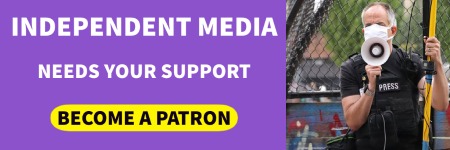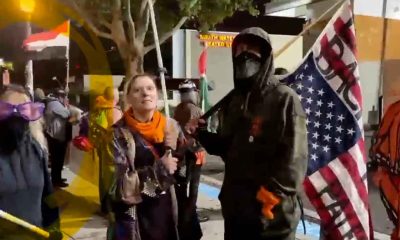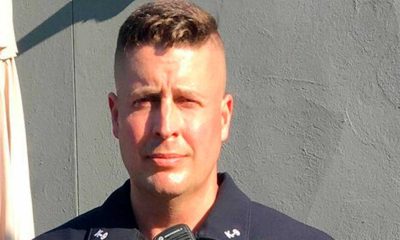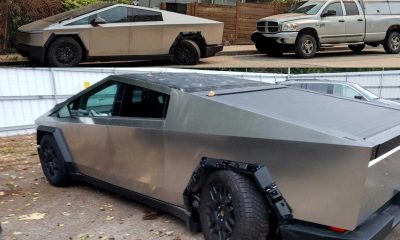BIPOC
Seattle Police change protest tactics
SPD tactical changes are resulting in targeted arrests and a reduced use of crowd control weapons.
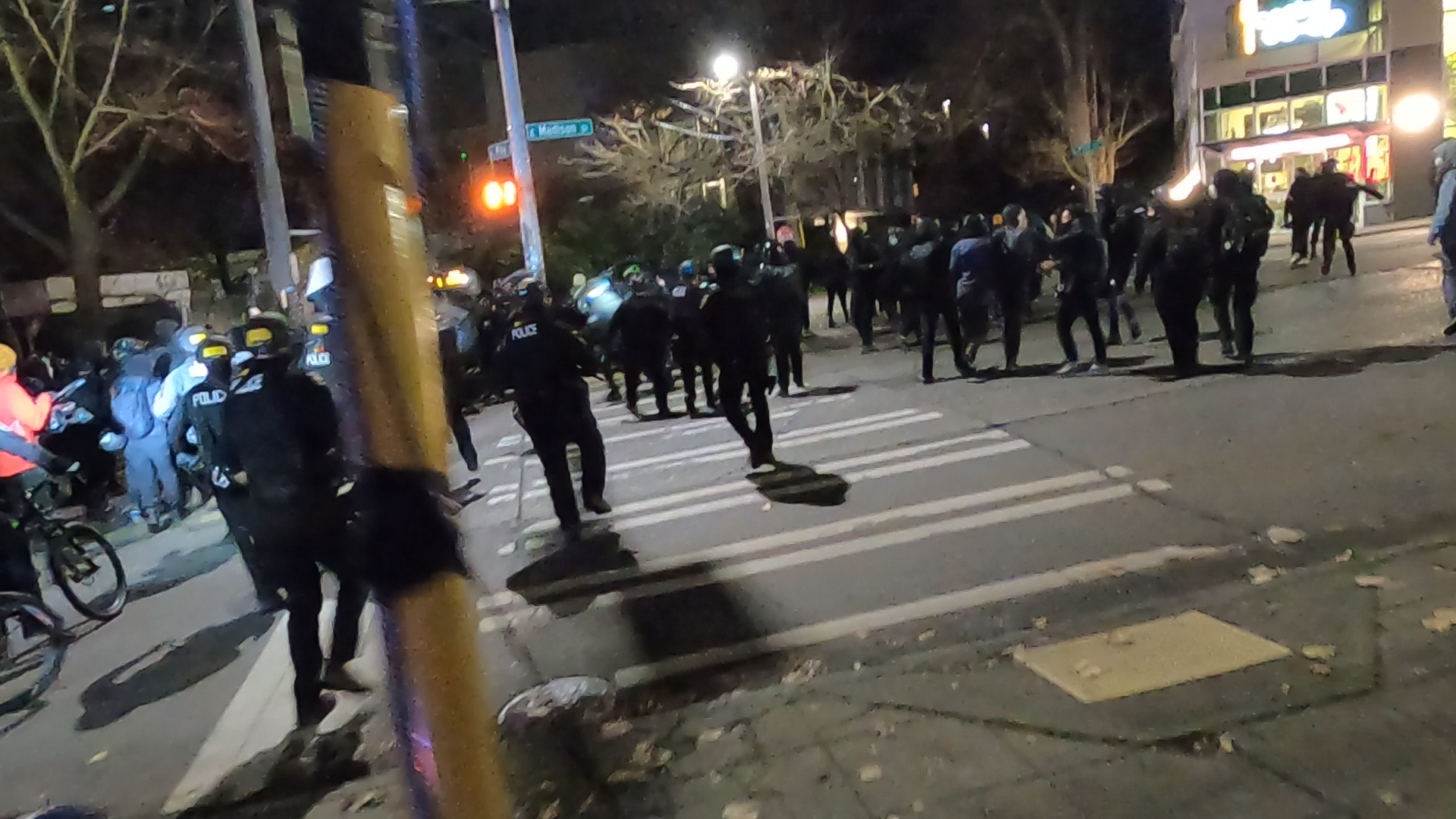
Since the September 7, 2020, SPOG Rally, where Seattle Police used flashbangs, blast balls, pepper spray, and sponge-tipped rounds almost indiscriminately, the department has shifted tactics. By early October, they have modified how they use bike officers and have virtually eliminated the use of explosives. This shift in tactics has resulted in targeted arrests.
Previously, when engaged with protesters, officers would standoff, then move in force at an entire group due to a single protester’s action. Officers on bicycles would typically lead these charges supported by officers on foot. These tactics created a stronger response from protesters and injured more people. Sweeping arrests occurred with suspects misidentified, credential press and medics arrested, and charges filed with no supporting evidence.
Local news affiliate KOMO reported that Mayor Durkan praised police officials for their change in tactics. “The Seattle Police Department is getting better now at being able to target arrests, to isolate people in the crowd that are [sic] doing the destructive things. We will continue to arrest people for that [criminal acts during demonstrations],” Durkan said.
What do these new tactics look like
November 30, 2020, the 21st anniversary of the WTO riots protest, highlights how SPD has changed tactics. Protesters broke windows at a Starbucks on 12th Avenue while SPD officers observed at a distance. As recently as October, this kind of action would have created an immediate response by police. Instead, officers followed protesters for a half-mile while controlling their route through a residential neighborhood. When the protesters tried to move off of 16th, SPD blocked their direction and kept them northbound using a dispersal order.
As the protesters continued to march, Seattle Police moved to within arms reach at times. Bike officers stayed on the street, and officers on foot walked on the sidewalk. Tactical support was provided by a vehicle equipped with LRAD, additional officers in two vans, and a SWAT unit in the Bearcat.
Radio communications and discussion from officers indicated they were planning a targeted arrest. SPD moved protesters toward the intersection of 16th Ave, E Madison Street, and E Pine Street. This intersection provided a broad paved area, bright lighting, and multiple routes of access. Additionally, it is a pocket of commercial businesses.
When the protesters reached East Pike Street, SPD moved back while confirming their target for arrest. They started to clear the street of medics and press, who usually follow behind direct action groups, to create an exact route. The officers on foot moved ahead of bike officers while staying on the sidewalk. When the protest group entered the intersection, Seattle Police moved quickly.
Officers ran on foot into the group of protesters, tackling three individuals. Officers on bicycles operated in a supporting role and created a protective circle. While making the bike barricade, they separated the protesters into two groups. Although officers have frequently used bikes as barricades, this appeared to be a secondary action.
After the arrests and another dispersal order to move up 16th, Seattle police bike officers made several false charges, stopping short just inches from the protesters. Police used a small amount of pepper spray, with a couple of protesters impacted, but made no additional arrests.
Two tactics that haven’t changed? First, Seattle police continue to give dispersal orders while not allowing protesters to disperse. Second, dispersal orders continue to drive protesters back to the protest starting point, where officers disengage.
Was it a change in leadership
These changes started to form almost immediately after the retirement of Chief Carmen Best. Under Best’s leadership, Seattle Police seemed to use tactics that inflamed protesters and the public. The actions have resulted in multiple civil lawsuits for injuries and property damage at the hand of SPD.
Back on June 1, protesters were met with OC, tear gas, and flashbang grenades when the Seattle Police department erected the Western Barricade in Capitol Hill. The asymmetrical tactics by the Seattle Police resulted in more protesters assembling at the Western Barricade daily. An estimated 2,000 on June 2 swelled to 60,000 by June 6. Protesters faced escalating violence each day, reaching an apex on June 7. The Seattle Police Department controversially abandoned the East Precinct on June 8.
The Seattle City Council stepped in and banned tear gas use. Additionally, a federal judge also established a protection order on August 10. These orders didn’t stop the general use of force against protesters by the Seattle Police. According to the ACLU, there was disproportionate use of force on August 16, August 25, and September 7. The federal courts issued an order on August 10 as a result of SPDs actions on July 25. Those tactics now seem to be part of the past, even with large groups of protesters.
To observers and experts on civil unrest, the broad targeting of all protesters creates a vicious cycle. For every peaceful protester exposed to police violence, several more take their place. It also reinforces the Black Lives Matter message of police violence against people who aren’t breaking any laws.
No other city demonstrated this better than Portland, Oregon. When federal officers arrived and escalated the situation, the number of protesters swelled from around 100 to as many as 10,000. The area around the federal courthouse became a hotbed of civil unrest, receiving international news coverage. When federal officers left the city, the number of protesters dropped off quickly.
Whether these changes are due to the direction of Chief Diaz or the result of pressure from court orders, OPA investigations, and lawsuits, public interest in protests is declining. Unfortunately, the racial inequality that impacts the BIPOC community has not changed.

